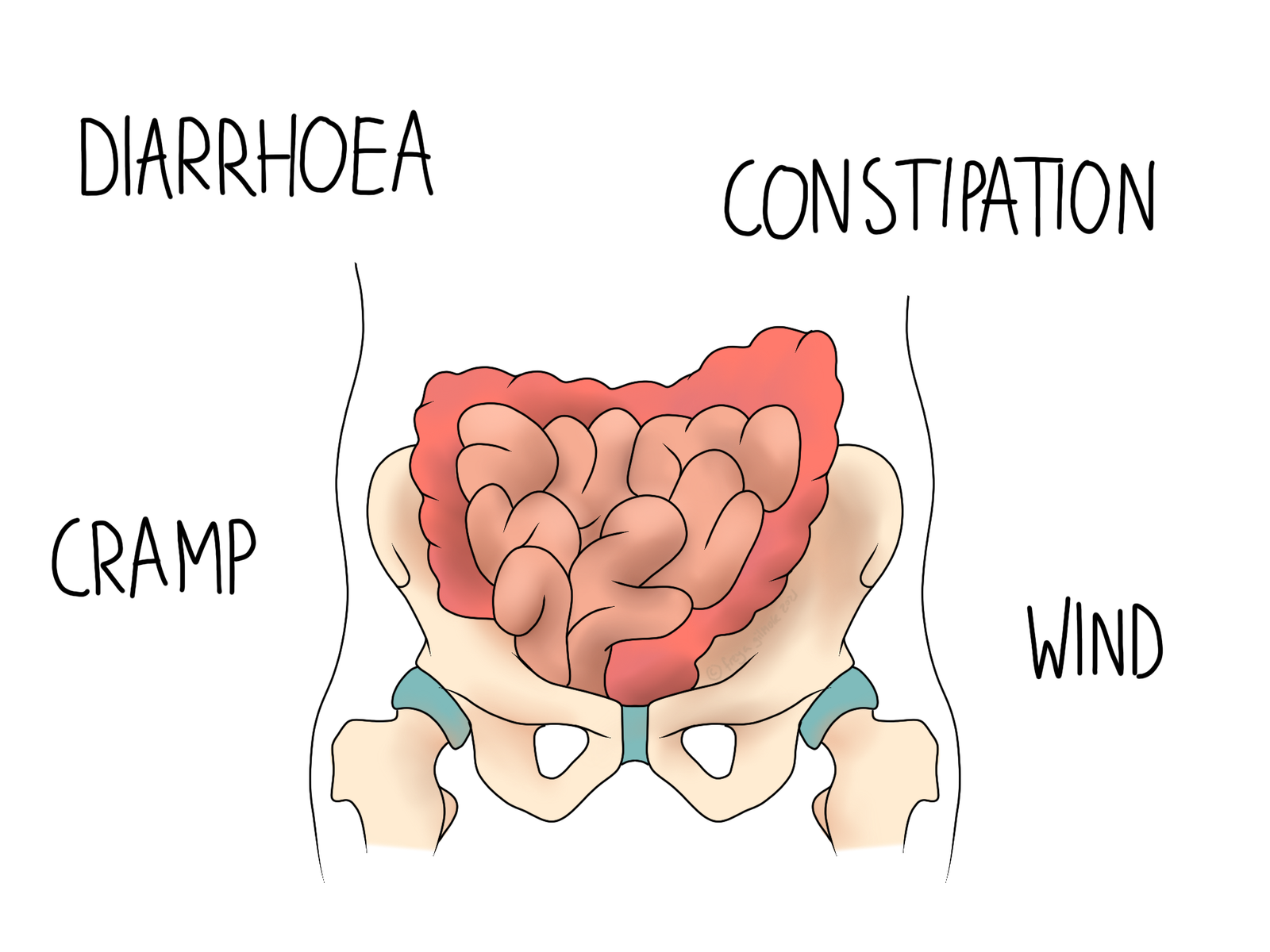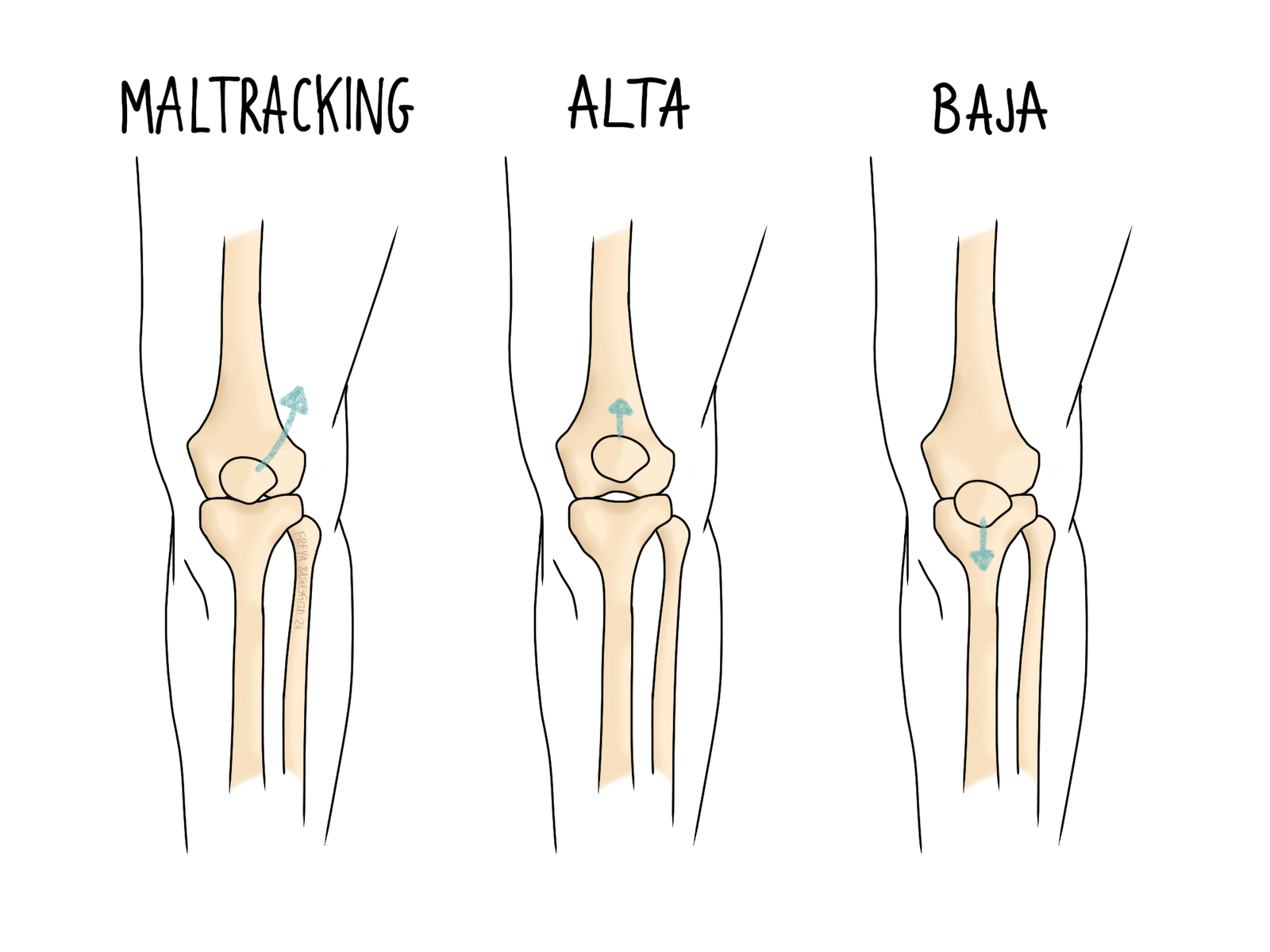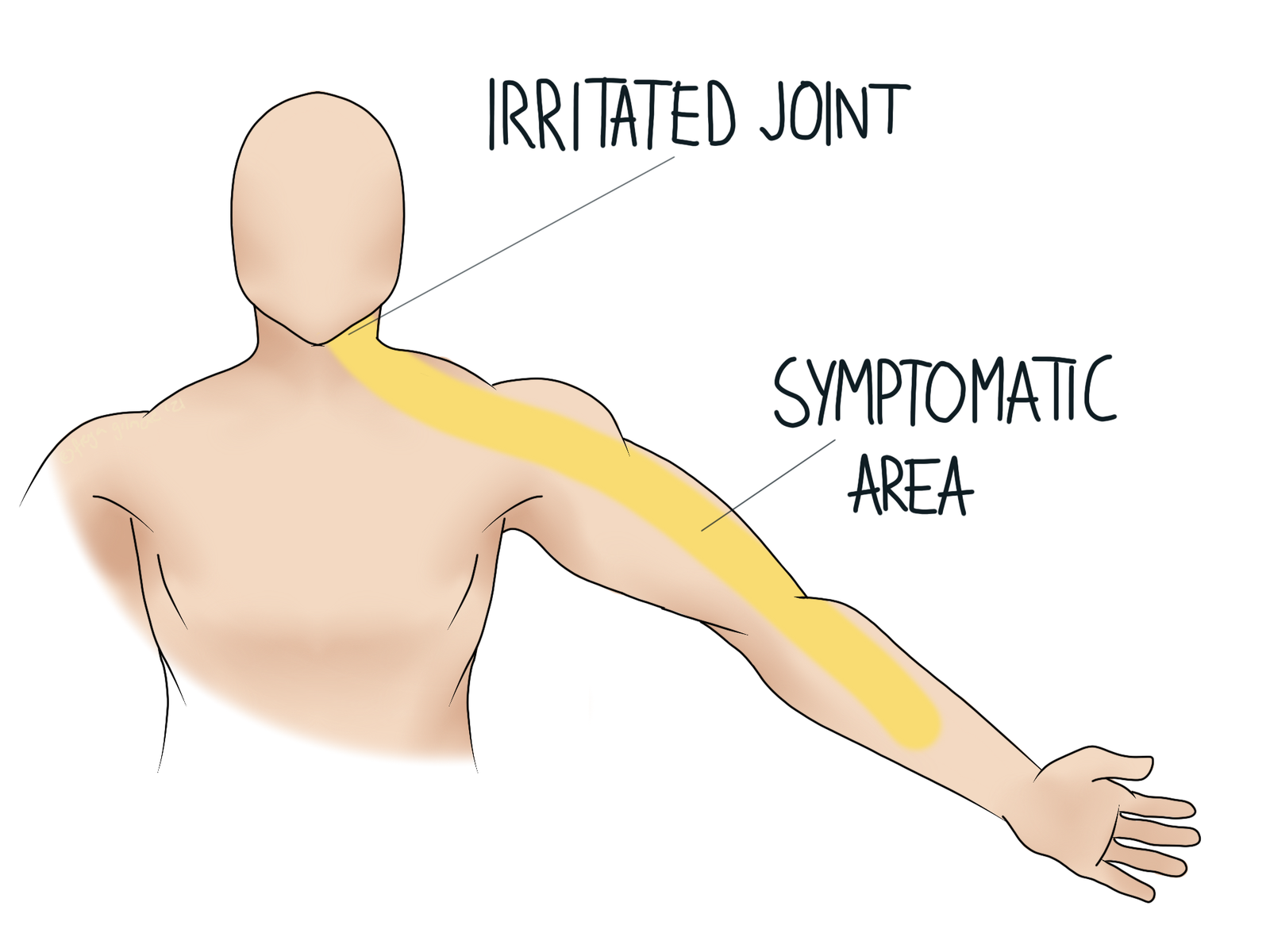We've all heard of IBS, but what is it really? It can't be diagnosed by…

Plantar Fasciitis
A relatively common cause of heel pain is plantar fasciitis. The name simply means “inflammation of the tissue on the sole of the foot”. The plantar fascia is the tendon-like tissue that runs along the sole, from the heel to the base of the toes. This less stretchy tissue is what becomes inflamed rather than muscle, so it’s not always as simple as just stretching it out.

Symptoms of Plantar Fasciitis
The onset can be insidious, with symptoms often coming on slowly. Pain and tenderness focused around the bottom of the heel is typical, and you might find that a cool compress helps. Symptoms are often worse after rest, as is common with inflammatory conditions. You might find that stretching out your foot is difficult, but this often eases up slightly after a few seconds of trying.
When we examine a patient with plantar fasciitis, we often find that there is tightness within the calf muscle. This makes sense, as the Achilles tendon blends into the heel bone. On the other end of that bone we have the beginning of the plantar fascia. Beyond the anatomy, activities that are demanding on the sole are often demanding of the calf too. Stretches for the calf often help with the sole and vice versa, but we will often treat both as well.
We typically do not expect pins and needles or numbness in the same area- if this is the case the cause might be an irritated nerve rather than the plantar fascia. If you have diabetes and experience symptoms other than pain in the foot, you might want to speak to your diabetes nurse before making your appointment with us.
Causes and Management
If your symptoms are associated with a sudden increase or change in exercise, it may be best to reduce the amount you’re doing. Sometimes this won’t be necessary, but changes should be made to the way you’re exercising. For example, if your running shoes are particularly unsupportive, there might be the possibility of a relatively quick fix.
Extended walking or standing in shoes that are too tight or not cushioned enough can also be a cause. Spotting this early could mean a quick resolution if the area is not too irritated. Opt for well fitting shoes with adequate cushioning generally.
Unfortunately, managing plantar fasciitis can sometimes be a slow and steady process. Sometimes working in conjunction with a podiatrist or acupuncturist can give the best results. Evidence shows that conservative management like this can be helpful. In most cases, we will give advice and exercises to reduce inflammation and demand on the soft tissues. The ice bottle exercise is usually appropriate, using a frozen water bottle as a roller on the sole of the foot. This has the dual benefit of massaging the soft tissues while cooling the area, which helps to reduce inflammation. Your osteopath can tell you if this is suitable for you, and how often you should do it if so.
Click here to make an appointment in Farnborough for your foot pain.



